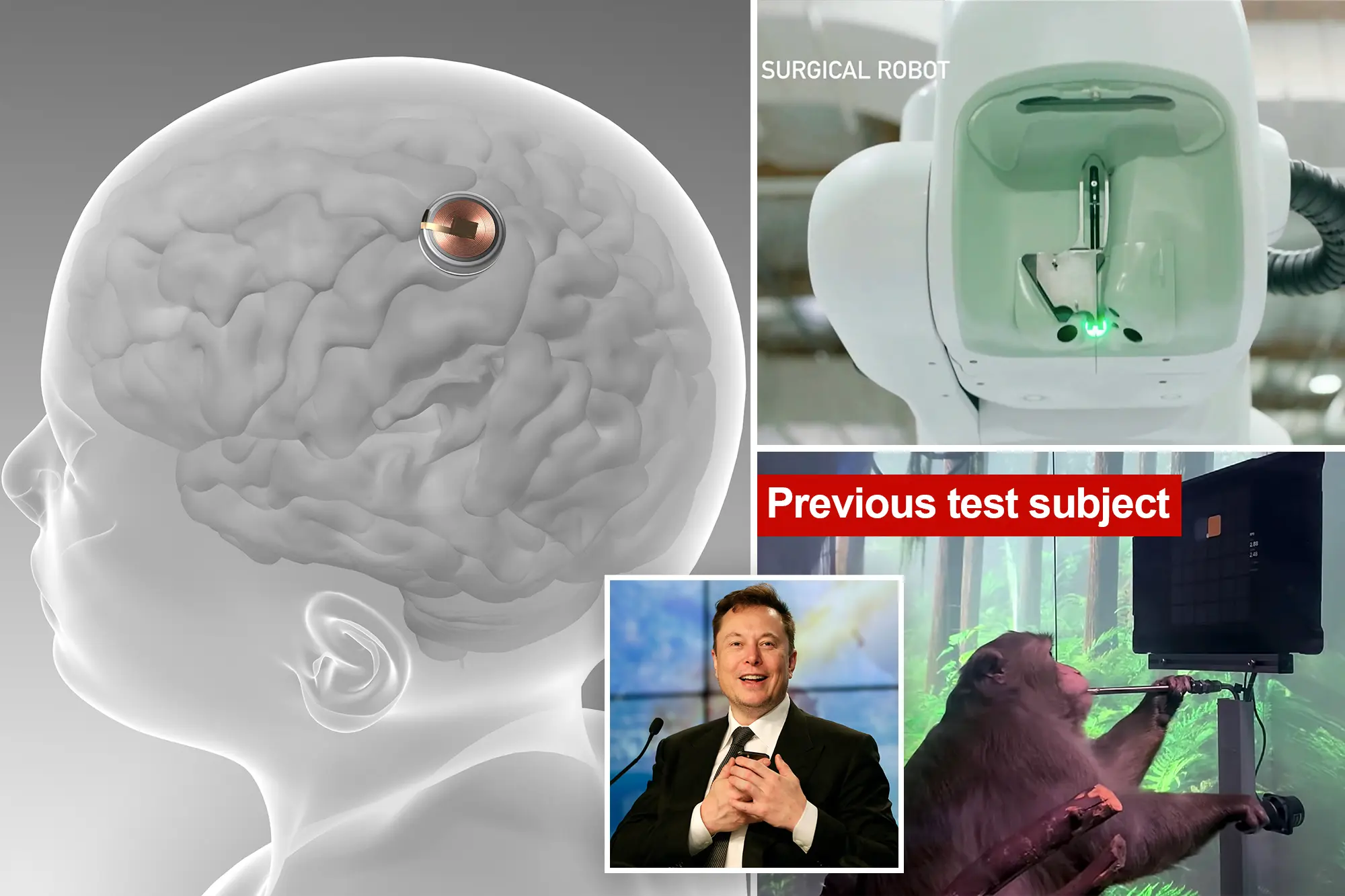Popular News
Brain chip installed in a human patient, Elon Musk

In a groundbreaking development, Elon Musk’s Neuralink has successfully installed a chip in a human brain for the first time, marking a significant milestone for the neurotechnology firm.
The company’s goal is to connect human brains to computers to help tackle complex neurological conditions.
The first recipient of the Neuralink implant, known as “Link,” is reportedly recovering well after the procedure. Initial results show promising neuron spike detection, Elon Musk revealed on X.
Musk said Monday that Neuralink’s first product is called Telepathy, according to an X post.
Telepathy, he said, would enable “control of your phone or computer, and through them almost any device, just by thinking”.
“Initial users will be those who have lost the use of their limbs,” he continued.
If the technology functions properly, patients with severe degenerative diseases like ALS could someday use the implant to communicate or access social media by moving cursors and typing with their minds.
The trial is part of what Neuralink is calling its “PRIME Study,” short for “Precise Robotically Implanted Brain-Computer Interface,” which aims to study the safety of its implant and surgical robot, and to test the functionality of its device, the company said in a September blog post about recruiting trial participants.
How a brain chip works in a human patient
Trial patients will have a chip surgically placed in the part of the brain that controls the intention to move.
The chip, installed by a robot, will then record and send brain signals to an app, with the initial goal being “to grant people the ability to control a computer cursor or keyboard using their thoughts alone.
Experts on electronic brain implants trials
“The idea of brain-nervous system interfaces has great potential to help people with neurological disorders in future,” Tara Spires-Jones, president of the British Neuroscience Association, told the UK-based Science Media Center Tuesday.
“However, most of these interfaces require invasive neurosurgery and are still in experimental stages thus it will likely be many years before they are commonly available.”








